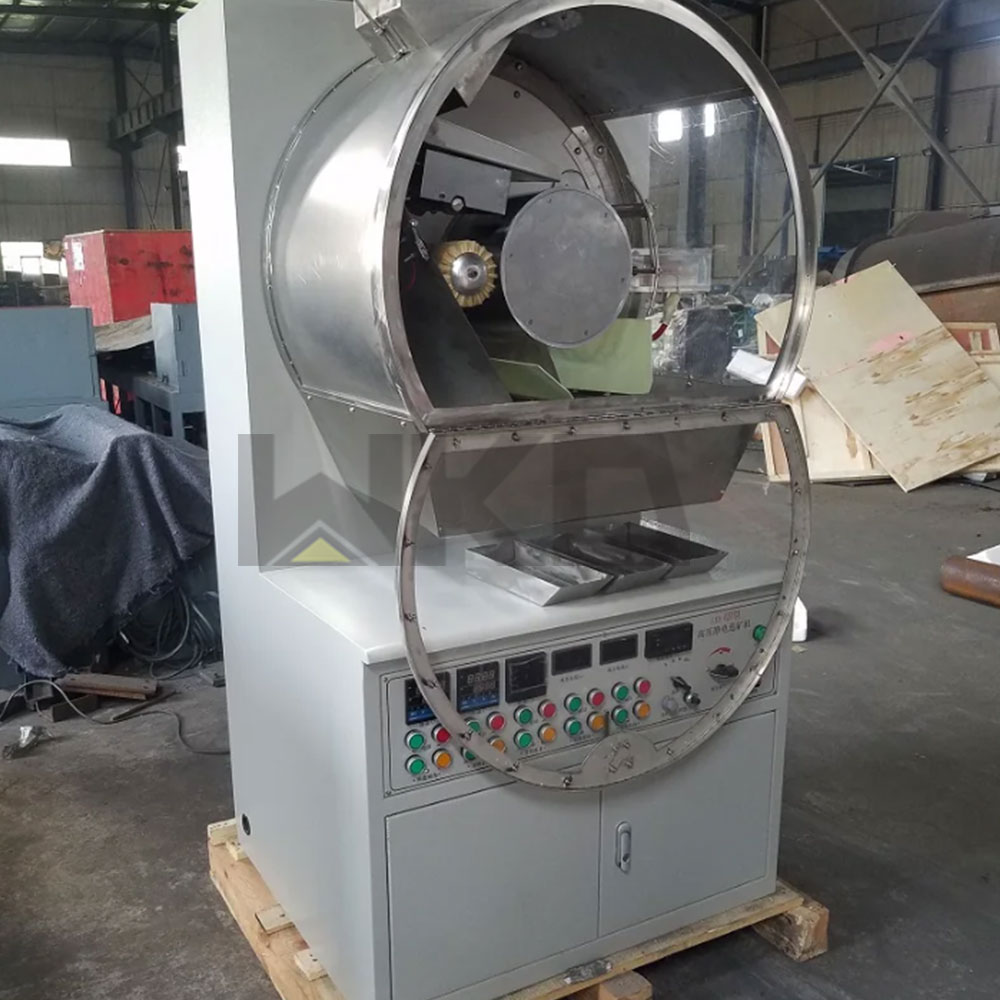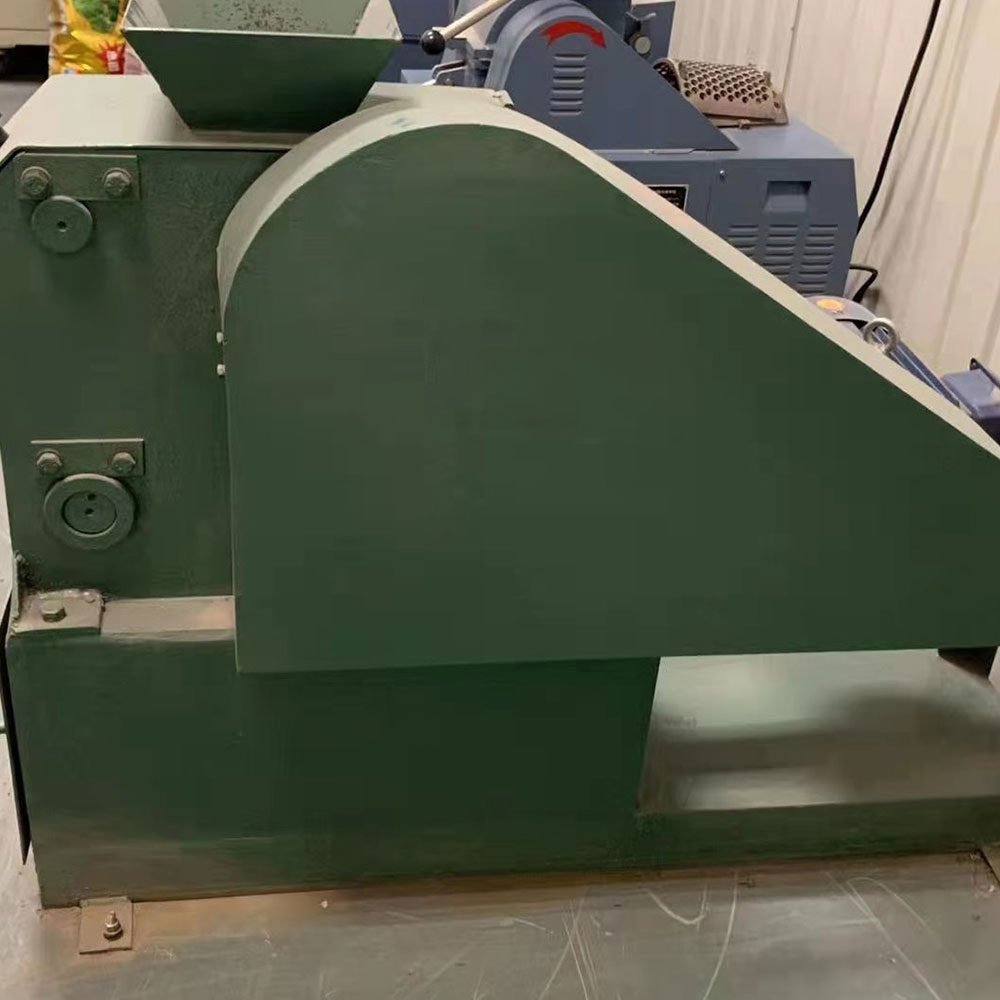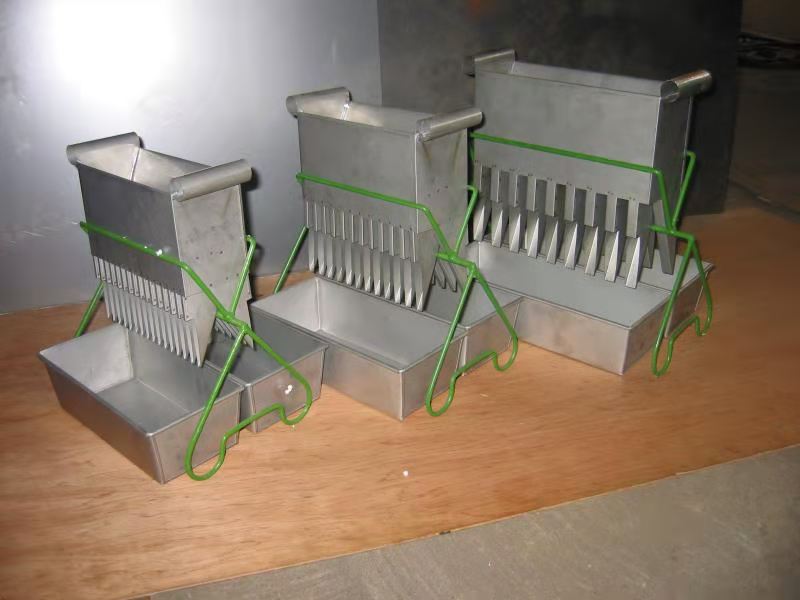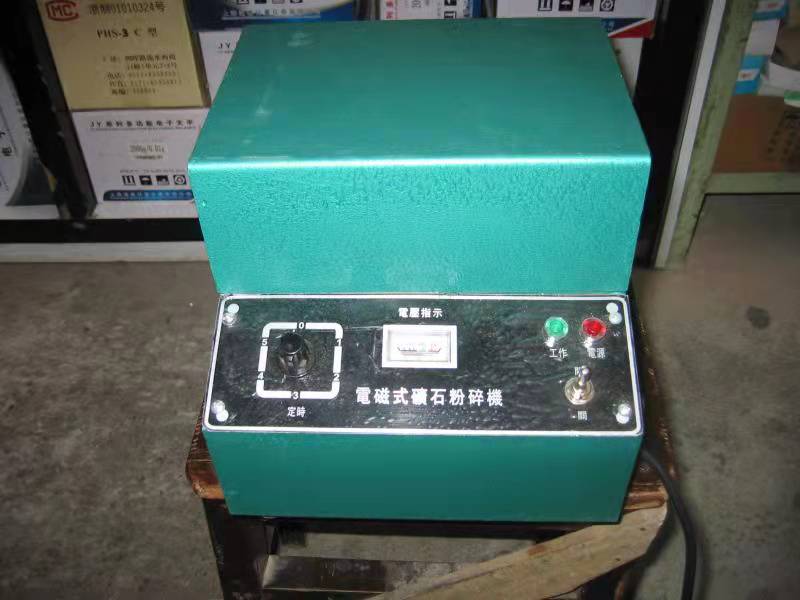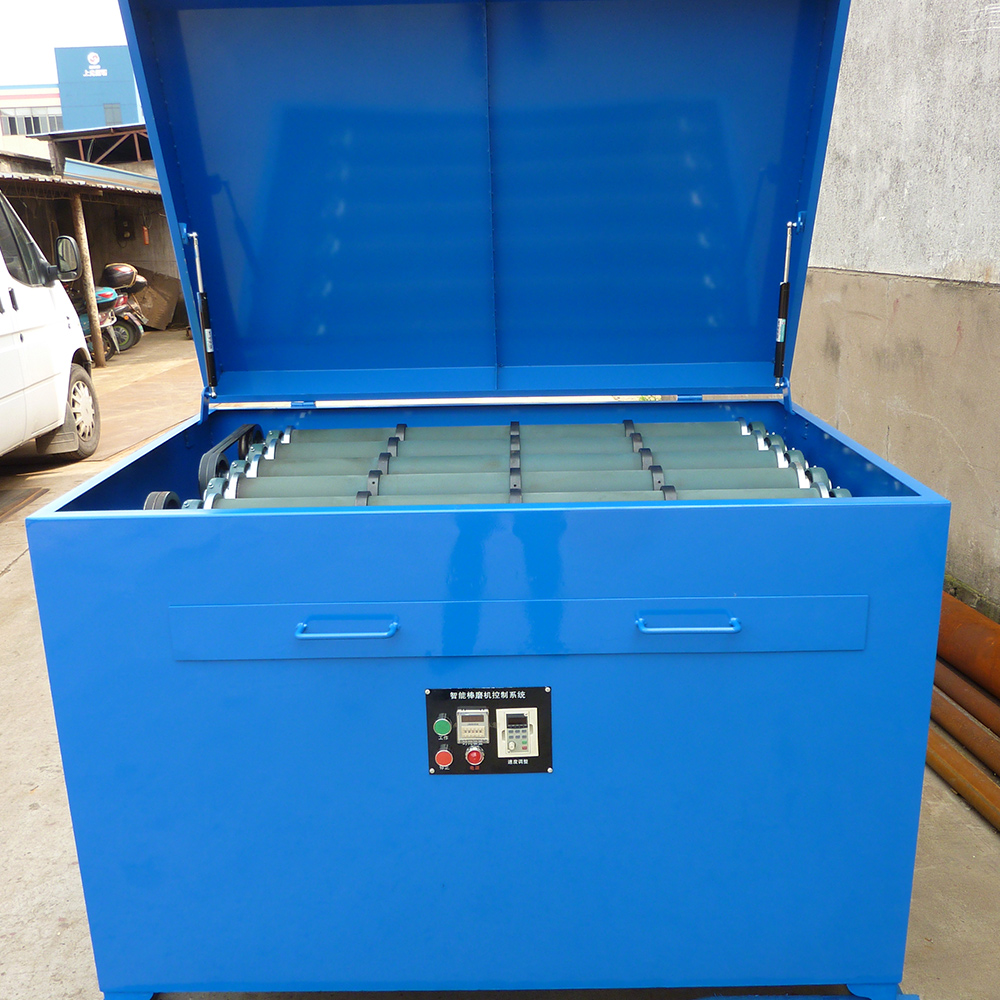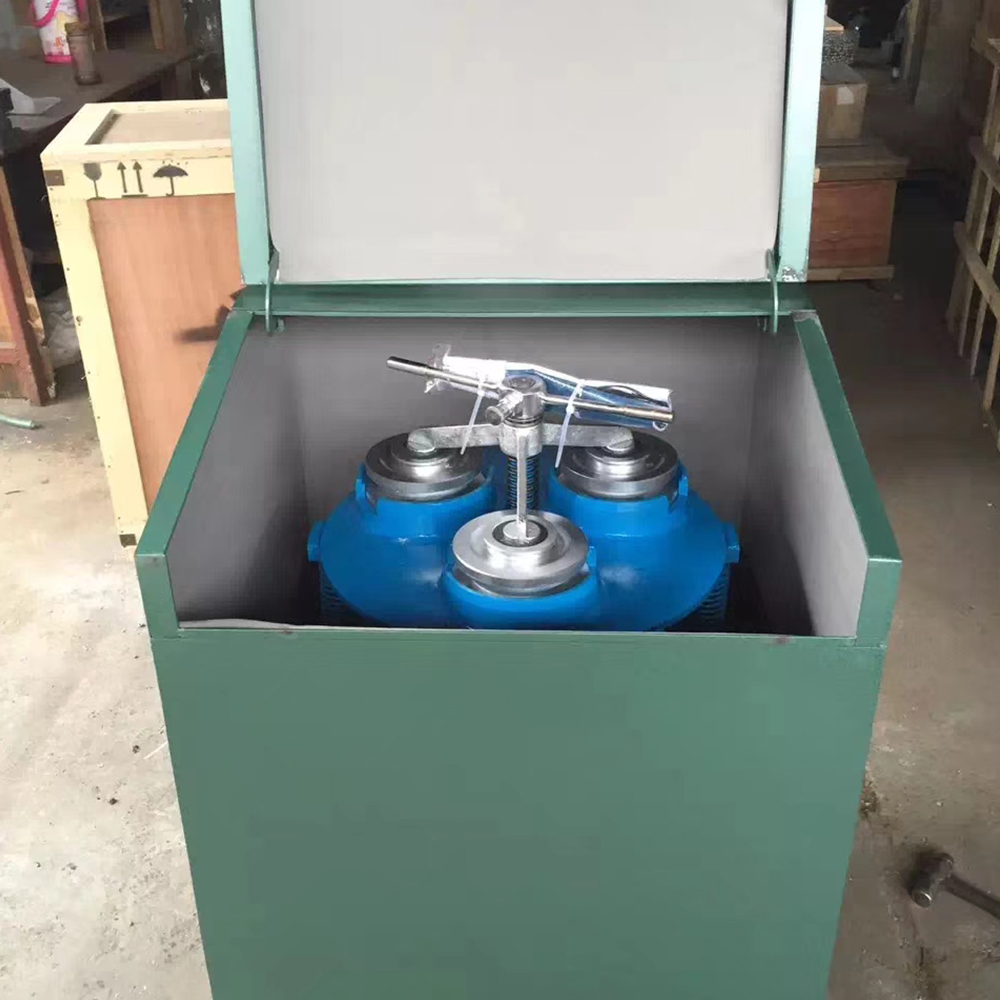Laboratory ball mills are widely used, with small size, high efficiency, and simple operation. They can quickly grind laboratory samples or production materials to 0.1 μ m. Simultaneously having good mixing, homogenization, and dispersion effects.
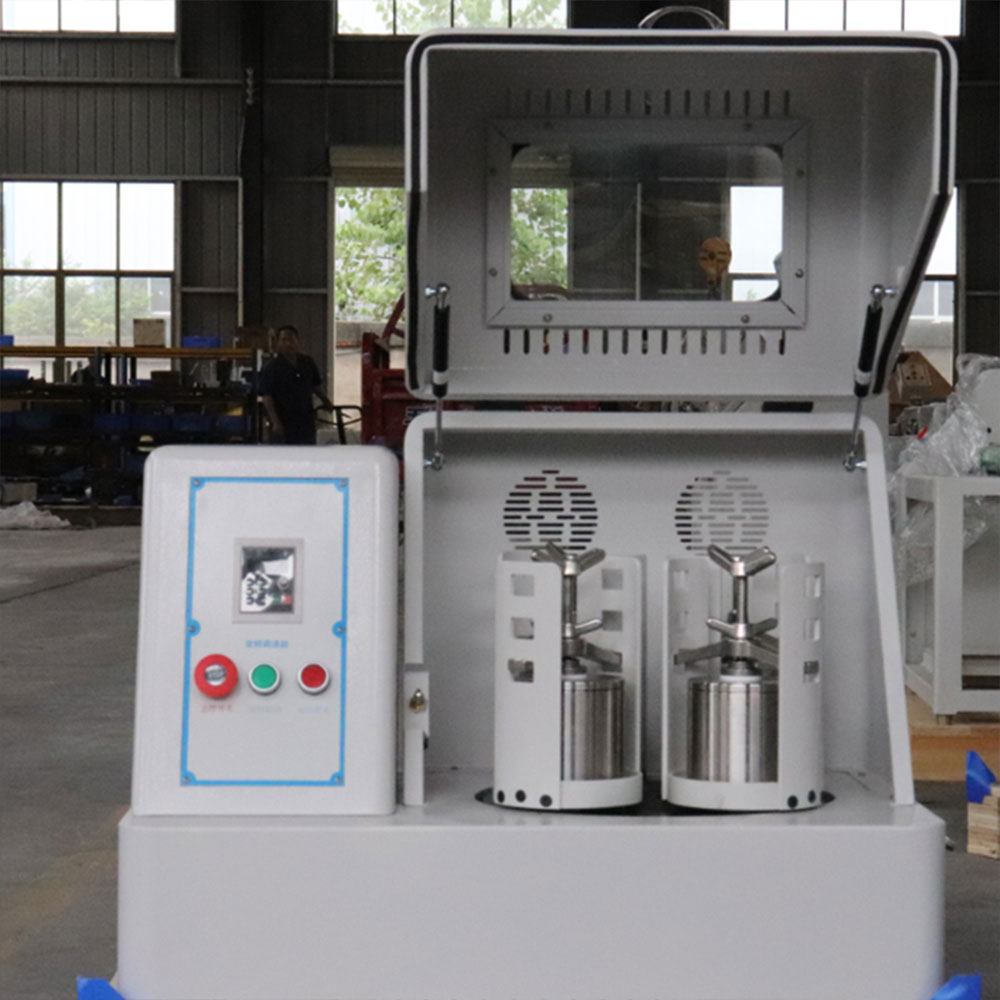
The laboratory ball mill is equipped with various materials of grinding balls for various laboratory samples, including stainless steel grinding balls, agate grinding balls, zirconia grinding balls, polyurethane grinding balls, hard alloy grinding balls, and so on. The ball milling effect of each type of grinding ball varies, and now we will only discuss the impact of the hardness of the grinding ball on ball milling.
Generally speaking, during the grinding process of a laboratory ball mill, as the hardness increases, the wear of the grinding ball will decrease. At the same time, the deformation of the grinding ball is small, reducing the energy absorbed by the ball deformation during impact, and more energy is used to impact particles, increasing the efficiency of ball milling.
But the fact is that during ball milling, the harder the grinding ball, the better, but there is an optimal range. Grinding balls with higher hardness indeed have lower wear, but for ball milling efficiency, when the hardness of the grinding ball exceeds the optimal value, it will have a negative impact.
There are generally two adverse effects of high hardness of grinding balls in laboratory ball mills: the rebound of the grinding balls increases after impact, resulting in partial energy loss and reducing the energy used for ball milling; Grinding balls with higher hardness, which slide violently when squeezing particles between balls, cannot effectively grind materials.
Hotline +8615390744410


